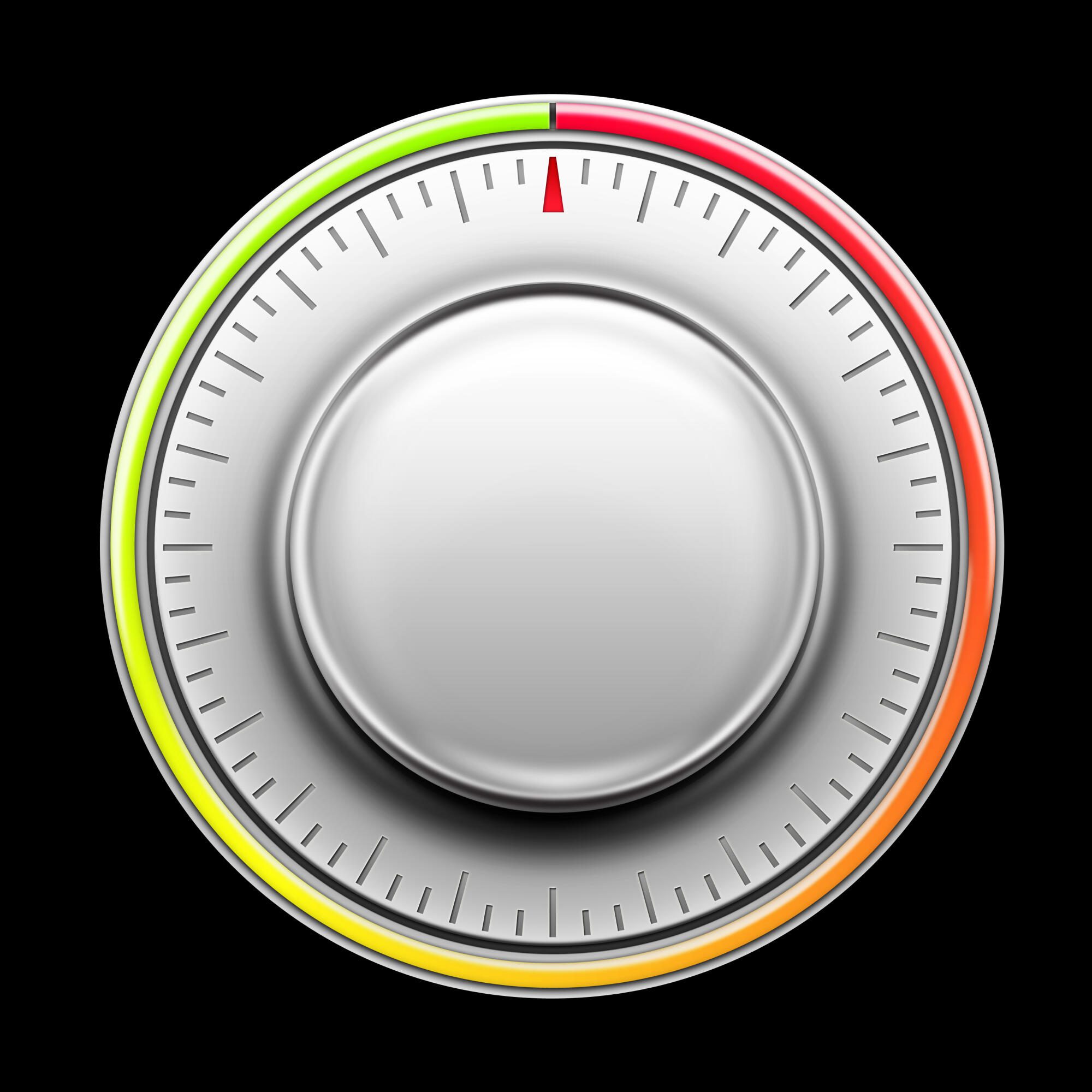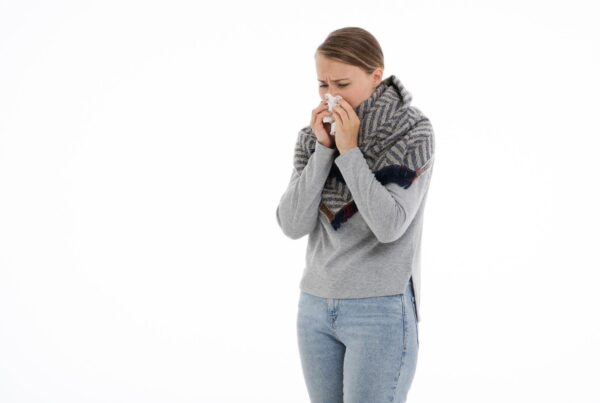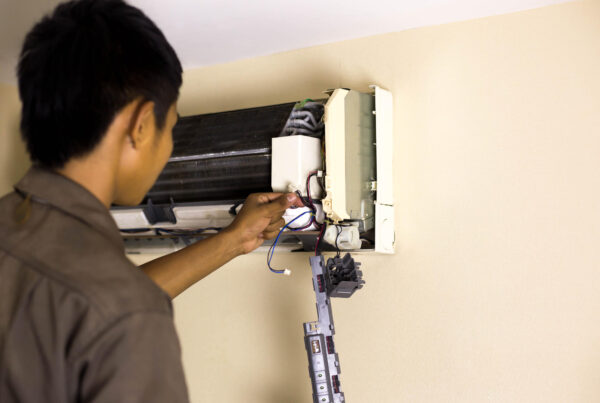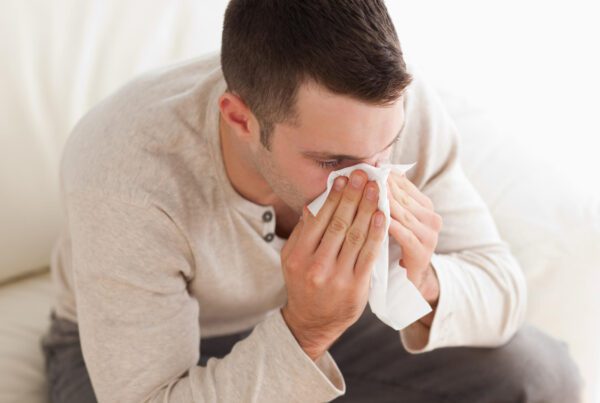Quick question: what’s the most important part of your HVAC system?
If you’re like most people, your mind probably jumped to some of its most crucial (and expensive) parts, like the motor or compressor.
However, there’s an even more important component that acts as the heart of your system, allowing you to relay your desires in a way your HVAC unit can understand: your thermostat. Without this critical part, you may as well not even own an HVAC system, as you’ll know the second your thermostat is not working!
If you’ve got a failing device and you’re struggling to figure out what’s causing the problem, here’s what to know.
Check the Power Source
First, make sure your thermostat is connected to power. If the screen is dark and the device won’t register your inputs, power issues are the most likely problem.
Start by making sure the thermostat’s power switch is on, if the device has one.
Next, rule out a dead battery by replacing the batteries in your system.
If that doesn’t work, head to the breaker box to see if an overloaded circuit has switched off the power to your entire HVAC unit. If you see an overloaded circuit in the “off” position, flipping it “on” may fix the problem.
If this does fix the issue, that may be all you need to do. However, if the breaker keeps tripping with every use, you may be looking at a larger electrical problem. Contact a pro to have them check your system.
Reset the Thermostat
Does your thermostat still have power? If so, perform a system reset to see if it helps.
Just like computers and phones, digital thermostats sometimes need a reset to get rid of minor errors and bugs. This can be necessary at any time, but you’re more likely to need a reset after an emergency power outage. Sometimes, a sudden loss of power can prevent your thermostat from connecting with your HVAC system again once power is restored.
Every model is different, so check your owner’s manual for details. In most cases, you’ll need to grab a narrow pin to push a tiny reset button. You can also have an expert do a hard reset during your AC and heating tune-up.
Check the Settings
If your thermostat is powered on but won’t deliver the cool or warm air you need, check the settings.
For example, make sure your system is on the right temperature output, whether you want it on the “cool” or “heat” setting. If someone has flipped these settings by accident, your HVAC system may deliver air at the wrong temperature. If you have a programmable thermostat, you should also check your device’s schedule to see if that’s causing your issue.
Check Loose Connections
In some cases, a damaged or blown fuse can cause your thermostat to short. Turn the system off and remove the cover plate of your thermostat to check inside. If you see a blown fuse, replace it to get your thermostat running again.
If you don’t see a blown fuse, check for faulty wiring within the device’s electrical connections. If you have an electrical background and feel comfortable poking around inside your thermostat, troubleshooting the connections can lead to an easy fix.
You should see several wires for the heating, cooling, and fan connections. If something has gone wrong with these wires, your thermostat may not communicate with your system as it should.
Inspect the wires for loose connections. You can use a screwdriver to tighten each terminal as needed.
You can also test the individual connections to see if one of them is the culprit. To do this, check your owner’s manual to see which wire goes to which part of your system (cooling, fan, power, heat, etc.) and then switch them to test the connection.
For example, switch the power supply wire to the fan wire and try to turn your power on. If the fan comes on, the most likely problem is a damaged fan connection. Test each wire one by one to see if you can rule out connection issues.
If you notice damaged wires during your inspection, grab some wire strippers to strip and reattach the wires to the correct terminal screws.
Clean Your Thermostat
Corrosion, dust, or debris may also affect your wiring, as a dirty thermostat can sometimes struggle to perform as it should.
Clean away any dust, dirt, or corrosion with a soft cloth. You can also use a spare soft-bristled toothbrush for set-in dirt or staining. Electrical contact cleaner is another good option, especially if you’re dealing with corrosion.
When to Get a Thermostat Replacement
If you’ve tried the troubleshooting steps above for your thermostat problems, your usual HVAC technician may recommend a replacement. There are a few warning signs that this may be necessary:
You Have an Old Thermostat
Older thermostat models aren’t as efficient as newer ones, which may lead to higher utility bills. You also need to replace thermostats more often than you need to replace an HVAC system, as many have ten-year lifespans.
It’s in a Bad Spot
The placement of your thermostat can sometimes interfere with its reading. If your thermostat is too close to the kitchen, for example, the heat from cooking can confuse it and disrupt its performance.
It’s Not Paired Well
There’s a huge range of HVAC systems on the market, and there are countless types of thermostats. Not all of these systems work well together, which can lead to inefficiency when your thermostat fails to communicate with your HVAC system. Working with a reputable HVAC company can help you find a thermostat that will pair well with your system’s capabilities.
Thermostat Not Working? Call Us
If your thermostat is not working, don’t stress. Call Guy’s Air Conditioning and Heating!
Since 1974, we’ve been the trusted HVAC partner throughout Atascocita, Conroe, Houston, Huffman, Humble, Kingwood, New Caney, Porter, Spring, and The Woodlands. We service all makes and models of thermostats and HVAC systems. Call us today for HVAC repairs, free estimates, or second opinions: we do it all!





